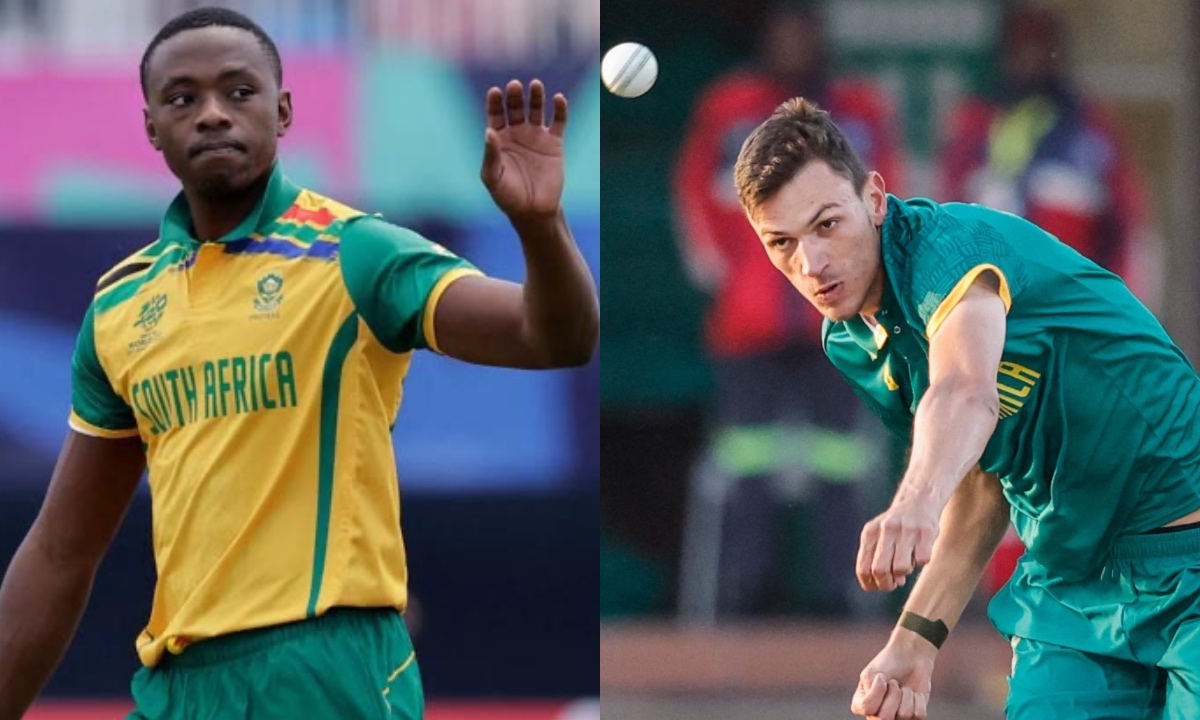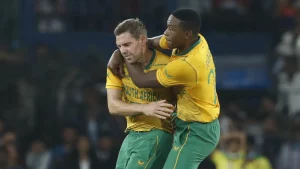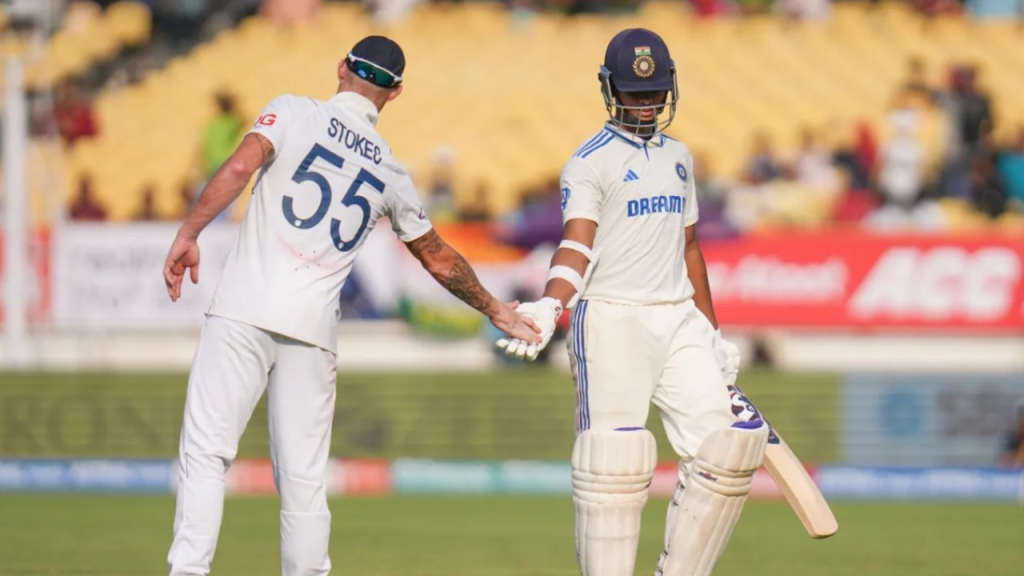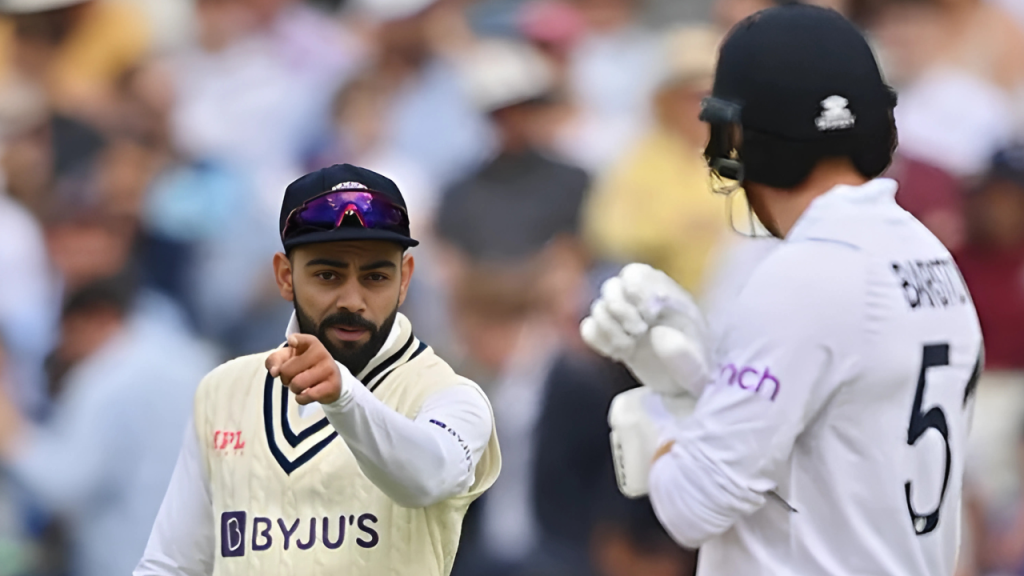South Africa has long been revered for its fast bowling prowess, producing some of cricket’s most formidable and feared bowlers over the decades. From the likes of Allan Donald, Shaun Pollock, and Dale Steyn to the current generation led by Kagiso Rabada and Marco Jansen, the Proteas have maintained a legacy of pace, precision, and passion. This article examines the current state of South African fast bowling, highlights the roles of Rabada and Jansen, and casts an eye on the future, identifying young talents who might carry this legacy forward.
Kagiso Rabada –

Kagiso Rabada has often been described as the heir to Dale Steyn’s throne. Since his debut in 2014, he has become the linchpin of South Africa’s bowling attack across all formats. His ability to combine raw pace with skillful swing and seam movement has earned him a reputation as one of the world’s premier fast bowlers.

Performance: Rabada’s performances have been consistently stellar. In Test cricket, he boasts an impressive average and strike rate, often leading the charge with new ball spells that can dismantle any batting lineup. His ability to adapt to different conditions, from the bouncy pitches at home to the flat tracks in the subcontinent, showcases his versatility.
Leadership: Beyond his bowling, Rabada has shown leadership qualities, not just by leading the bowling attack but also through his vocal presence on the field. His understanding of game situations and his ability to mentor younger bowlers are invaluable for South Africa’s pace battery.
Challenges: Like many fast bowlers, Rabada has had his share of injuries, which have sometimes curtailed his effectiveness. Managing his workload, especially in an era where cricketers play across multiple formats, will be crucial to prolong his career.
Marco Jansen –
Marco Jansen, with his towering height and natural bowling action, has quickly ascended to be a vital part of South Africa’s pace attack. His entry into international cricket has been marked by impactful performances, particularly with his ability to extract bounce from any pitch.
Impact: Jansen’s performances, especially in Test matches, have been eye-catching. His knack for taking wickets with his height-induced bounce has been a revelation. His left-arm pace offers a different challenge to batsmen, complementing Rabada’s right-arm approach.
All-Round Potential: Beyond his bowling, Jansen has shown promise with the bat lower down the order, making him a valuable all-rounder. His ability to score quick runs has added another dimension to his utility in the team.
Room for Growth: While Jansen has shown great potential, consistency and the ability to bowl effectively in all phases of the game will be areas of focus for his development. Learning to manage his action to prevent injuries will also be key.
The Legacy and Its Current State
South Africa’s pace bowling legacy has been built on a foundation of skill, aggression, and tactical acumen. Currently, the team’s fast bowling unit is in a transitional phase, with Rabada and Jansen at the forefront:
Team Dynamics: Rabada’s experience paired with Jansen’s youthful exuberance has created a dynamic where both can learn from each other while pushing the boundaries of what’s expected from South African pacers.
Tactical Evolution: There’s been a noticeable shift towards more strategic bowling, with an emphasis on variations like cutters, slower balls, and yorkers, especially in the death overs of limited-overs cricket.
Injury Management: The current era also sees a greater focus on workload management and injury prevention, learning from past experiences where overuse led to the early retirement of greats like Steyn.
The Future of South African Pace Bowling
Looking beyond Rabada and Jansen, South Africa has a promising pipeline of fast bowlers:
Gerald Coetzee:
Profile: A young, aggressive fast bowler with the potential to bowl at high speeds. His performances in domestic cricket and brief international stints have shown he can be a match-winner.
Development: Coetzee’s development will hinge on improving his control and learning to bowl effectively at different stages of the game.
Nandre Burger:
Profile: A left-arm quick who has impressed with his pace and ability to swing the ball. Burger’s raw talent suggests he could be a long-term asset.
Challenges: Like many young pacers, consistency and fitness will be areas where he needs to focus to cement his spot in the national team.
Kwena Maphaka:
Profile: One of the most exciting prospects, Maphaka has caught the eye in youth cricket with his natural pace and aggression. He’s seen as a future star.
Pathway: His journey to the senior team will depend on his performances in domestic cricket and how well he adapts to the demands of international cricket.
Strategic Development and Challenges
Coaching and Mentorship: The role of coaching in nurturing these talents cannot be overstated. Programs that focus on not just skill but also mental toughness and physical conditioning are crucial.
Exposure: Giving these young bowlers international exposure through tours, T20 leagues, and A-team matches will help them grow.
Cultural Shift: There’s also a need for a cultural shift towards embracing variety – not just in terms of pace but also in bowling styles, including the development of spinners alongside pacers for a balanced attack.
South Africa’s pace bowling legacy is in safe hands with Rabada and Jansen, but the future looks equally bright with the likes of Coetzee, Burger, and Maphaka waiting in the wings. The challenge for Cricket South Africa will be to manage the transition from the current stars to the next generation effectively, ensuring they are not only fast but also smart and resilient bowlers. With the right strategies in place, South Africa can continue to be one of the most feared bowling nations in cricket, maintaining a legacy that has been decades in the making. The journey of Rabada and Jansen is not just about their individual achievements but about how they help shape the future of South African cricket through leadership, performance, and the passing on of their craft to the next generation.





